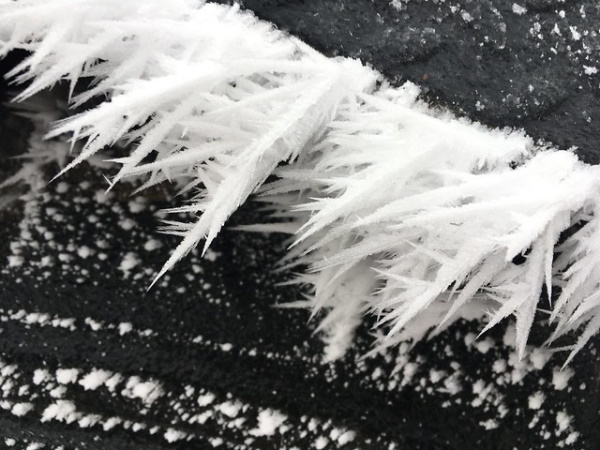Aufeis
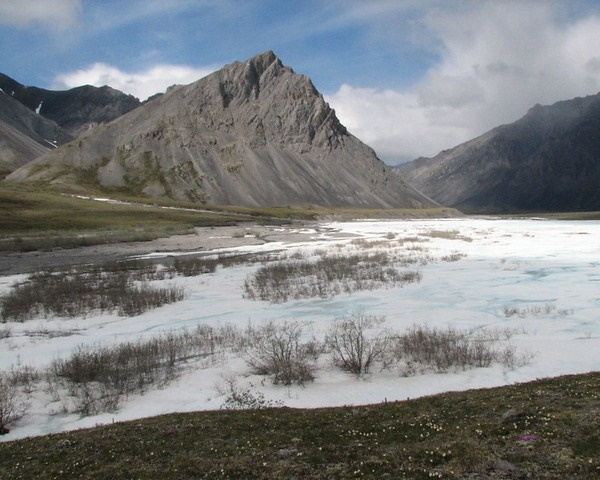 (image via: Madhav Pai)
(image via: Madhav Pai)
Aufeis forms from the bottom-up instead of from the top down – “aufeis” is German for “ice on top”. Aufeis can form in either of two different ways. Groundwater rising out of the ground freezes, forcing the water table to rise resulting in new flows of water to flow over the frozen ice and build up layers that often persist well into the arctic summer.
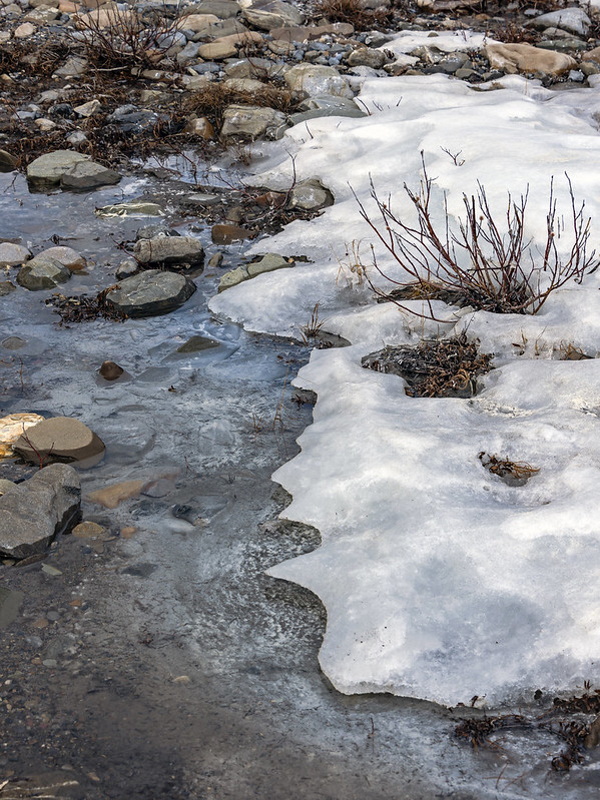 (image via: Daniel Case)
(image via: Daniel Case)
Aufeis can also form when freshwater freezes at the bottom of river or stream beds. This forces water to flow above the icy bottom layers where it is exposed to freezing temperatures from above AND below. As with groundwater Aufeis, the end result is a layered ice formation that can be several feet thick.
Striped Ice
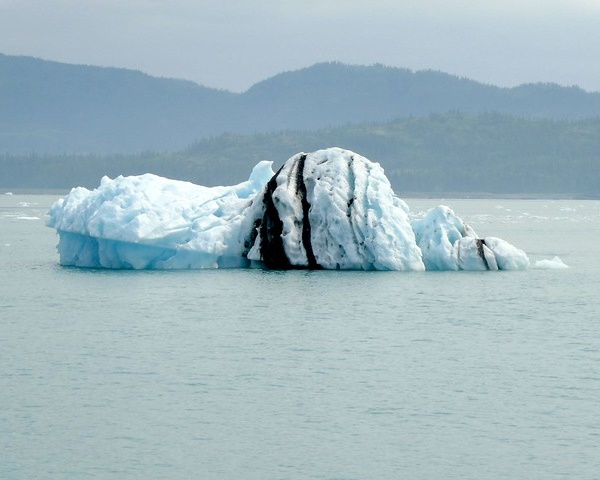 (image via: sf-dvs)
(image via: sf-dvs)
The most spectacular manifestations of striped ice on a massive scale can be found in certain icebergs, especially those originating in the antarctic. Being composed of compressed snow falling over countless seasons, these icebergs are already stratified whether we can see it or not. Variations in color resulting from impurities, ground-scraping glaciation and/or infusions of plankton-rich seawater can all conspire to tint different layers in what will eventually become icebergs.
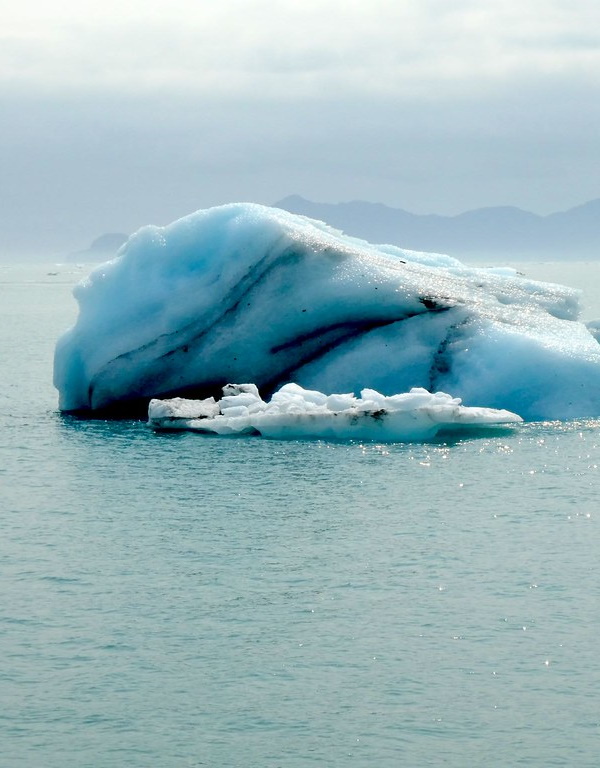 (image via: sf-dvs)
(image via: sf-dvs)
The layers of ice that make up striped icebergs can be faulted, twisted, bent and otherwise deformed by pressure all through their lifespans. The effects of these physical forces are made visibly obvious when icebergs display stripes. Regardless of their composition, however, all icebergs melt at roughly the same rate: enjoy the stripes while they last, which in most cases isn’t for long once the bergs reach warmer waters!
